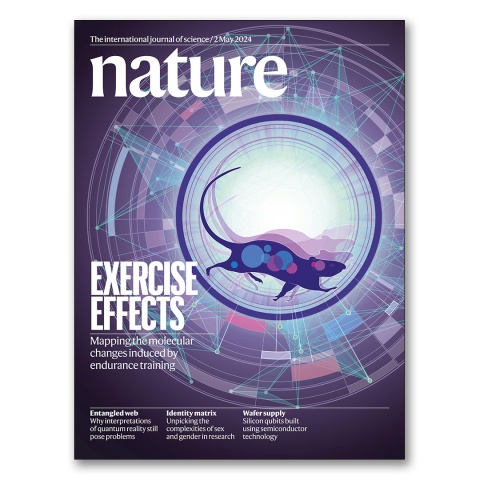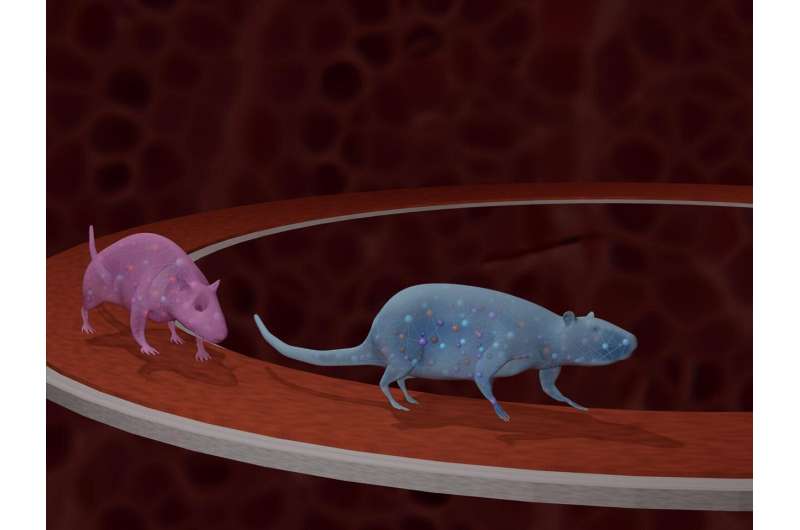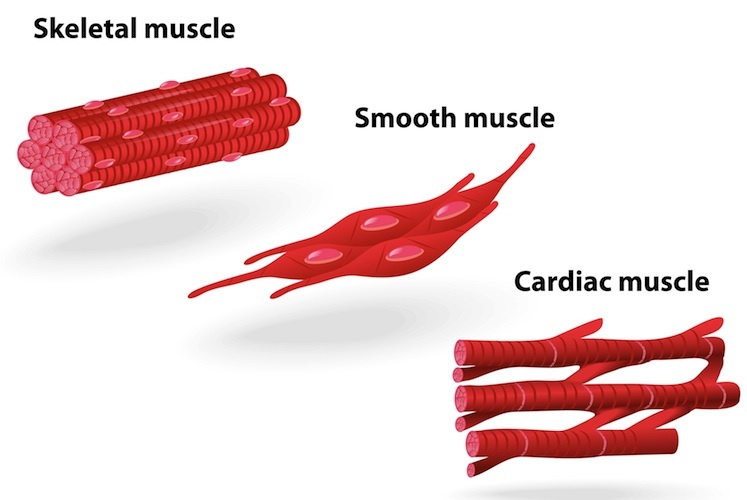Exploring the Molecular Landscape of Exercise: Insights from the MoTrPAC Study
The National Institutes of Health (NIH) has spearheaded an ambitious research initiative known as the Molecular Transducers of Physical Activity Consortium (MoTrPAC). This large-scale study aims to map the molecular changes induced by exercise across various tissues and to enhance our understanding of exercise's broad health benefits. Here's a detailed exploration of their groundbreaking findings and the implications for future exercise recommendations and treatments.
The Scope and Impact of MoTrPAC
MoTrPAC, initiated in 2016, represents a collaborative effort to delve into the molecular basis of how physical activity improves health. Funded by the NIH Common Fund, this consortium involves numerous researchers across the United States, focusing on analyzing a wide array of biological molecules in response to exercise.
Comprehensive Molecular Analysis Across Tissues
Researchers in the MoTrPAC study have conducted detailed analyses of 19 different tissue types from rats, identifying over 35,000 biological molecules that respond to endurance exercise. This extensive study not only highlights the universal impact of exercise across the body but also emphasizes significant gender differences in the molecular responses to physical activity.
 |
| Credit: Jonathan Borba / Unsplash. |
Gender Differences in Exercise Responses
One of the intriguing findings from the MoTrPAC study is the pronounced differences in how male and female rats respond to exercise at a molecular level. This aspect of the research underscores the necessity of including both sexes in exercise research to tailor more effective and personalized exercise interventions.
Tailored Exercise Recommendations
The distinct molecular responses observed between genders could lead to more personalized exercise recommendations, potentially aiding in the treatment of conditions like obesity more effectively for each gender.
The Use of Advanced Molecular Technologies
The researchers employed a variety of molecular technologies to analyze changes in genes, proteins, metabolites, and other biomolecules. This holistic approach helps in creating a comprehensive map of exercise-induced molecular alterations, providing deep insights into the complex mechanisms through which exercise affects our bodies.
Beyond Muscle Tissues
Interestingly, the study discovered significant molecular changes not only in muscles but also in organs not directly involved in movement, such as the liver and brain. These findings expand our understanding of the systemic benefits of exercise and its role in overall health and disease prevention.
Preclinical Studies and Human Trials
Parallel to animal studies, MoTrPAC also includes clinical trials involving human participants. These trials aim to validate and extend the findings from animal models to humans, exploring the effects of both endurance and resistance training across diverse demographic groups.
Future Clinical Applications
The insights gained from the MoTrPAC study could lead to clinical applications where exercise regimens are prescribed as specific treatments for various health issues, leveraging personalized medicine to maximize the therapeutic benefits of physical activity.
 |
| https://www.motrpac.org |
The Long-term Vision of MoTrPAC
The ultimate goal of MoTrPAC is to furnish healthcare providers with detailed molecular maps that can guide the prescription of exercise in a manner as targeted and specific as drug therapy. This could revolutionize the way we prevent and treat diseases, making exercise a more integral and precise tool in healthcare.
Integration into Health Policy
As the findings from MoTrPAC continue to unfold, they may influence public health policies and guidelines, advocating for more customized and scientifically backed exercise recommendations across different populations.
Conclusion: A New Era in Exercise Science
The MoTrPAC study marks a significant milestone in exercise science, offering a detailed molecular basis for the health benefits of physical activity and paving the way for personalized exercise medicine. As research continues, the potential to harness these insights to improve health outcomes through tailored exercise plans could be transformative, making MoTrPAC a cornerstone in the future of healthcare and disease prevention.
 |
| Credit: SciTechDaily.com |
By dissecting the complex molecular responses to physical activity, MoTrPAC not only advances our understanding of exercise science but also sets the stage for innovative treatments and preventive strategies that harness the inherent benefits of exercise. This is indeed a new era where molecular biology meets physical fitness, promising a healthier future for all.
#MoTrPAC #ExerciseScience #MolecularBiology #NIH #PhysicalActivity #HealthBenefits #EnduranceTraining #GenderDifferences #PersonalizedMedicine #ExerciseRecommendations #SystemicHealth #Metabolomics #Proteomics #Genomics #ClinicalTrials #HumanHealth #DiseasePrevention #BiomedicalResearch #ExerciseTherapy #RegenerativeMedicine




